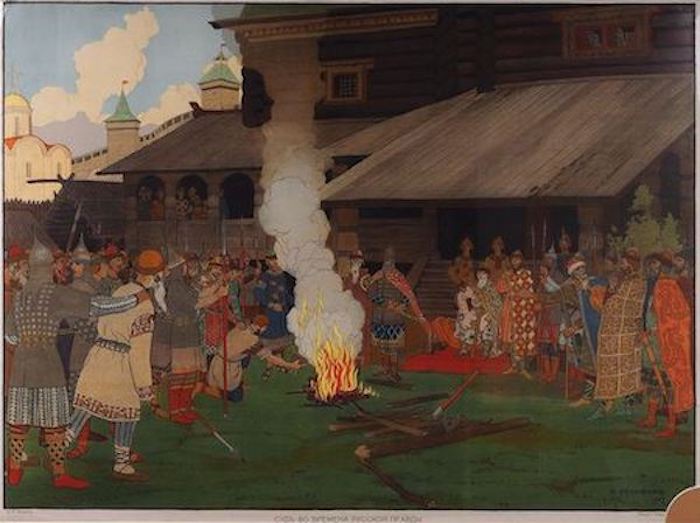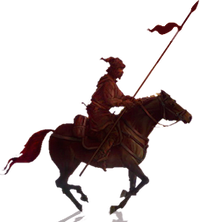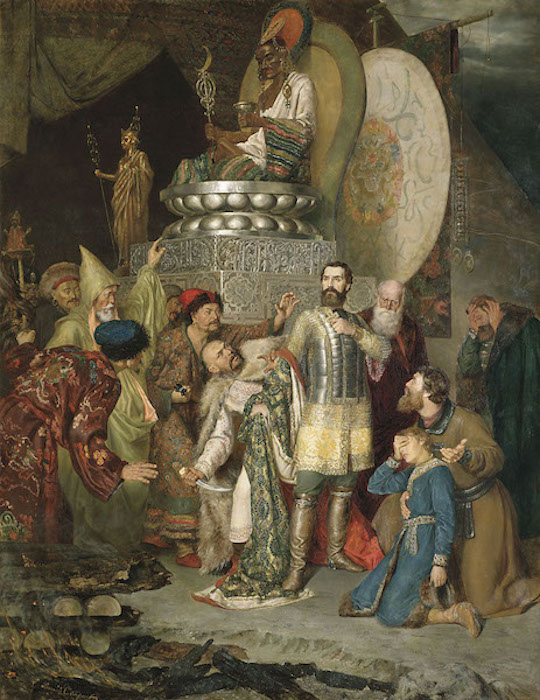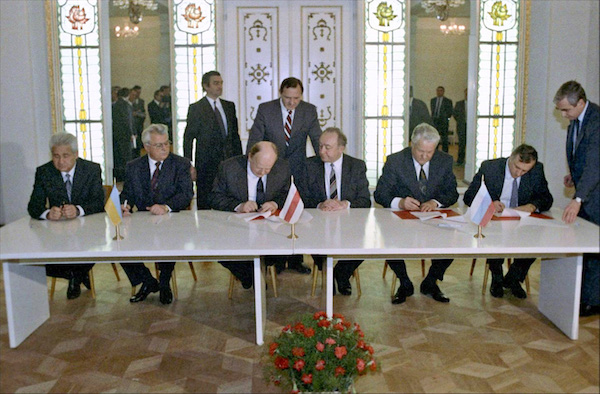Kievan Rus' was a loose federation of East Slavic and Finnic peoples in Europe from the late 9th to the mid-13th century, under the reign of the Varangian Rurik dynasty. The modern nations of Belarus, Russia, and Ukraine all claim Kievan Rus' as their cultural ancestors, with Belarus and Russia deriving their names from it. At its greatest extent, in the mid-11th century, it stretched from the White Sea in the north to the Black Sea in the south and from the headwaters of the Vistula in the west to the Taman Peninsula in the east, uniting the majority of East Slavic tribes.
According to Rus' Primary Chronicle, the first ruler to start uniting East Slavic lands into what has become known as Kievan Rus' was Prince Oleg (882–912). He extended his control from Novgorod south along the Dnieper river valley to protect trade from Khazar incursions from the east, and he moved his capital to the more strategic Kiev. Sviatoslav I (died 972) achieved the first major expansion of Kievan Rus' territorial control, fighting a war of conquest against the Khazars. Vladimir the Great (980–1015) introduced Christianity with his own baptism and, by decree, extended it to all inhabitants of Kiev and beyond. Kievan Rus' reached its greatest extent under Yaroslav the Wise (1019–1054); his sons assembled and issued its first written legal code, the Rus' Justice, shortly after his death.
The state declined beginning in the late 11th century and during the 12th century, disintegrating into various rival regional powers. It was further weakened by economic factors, such as the collapse of Rus' commercial ties to the Byzantine Empire due to the decline of Constantinople and the accompanying diminution of trade routes through its territory. The state finally fell to the Mongol invasion of the 1240s.



 <
< 
 <
< 
 <
<